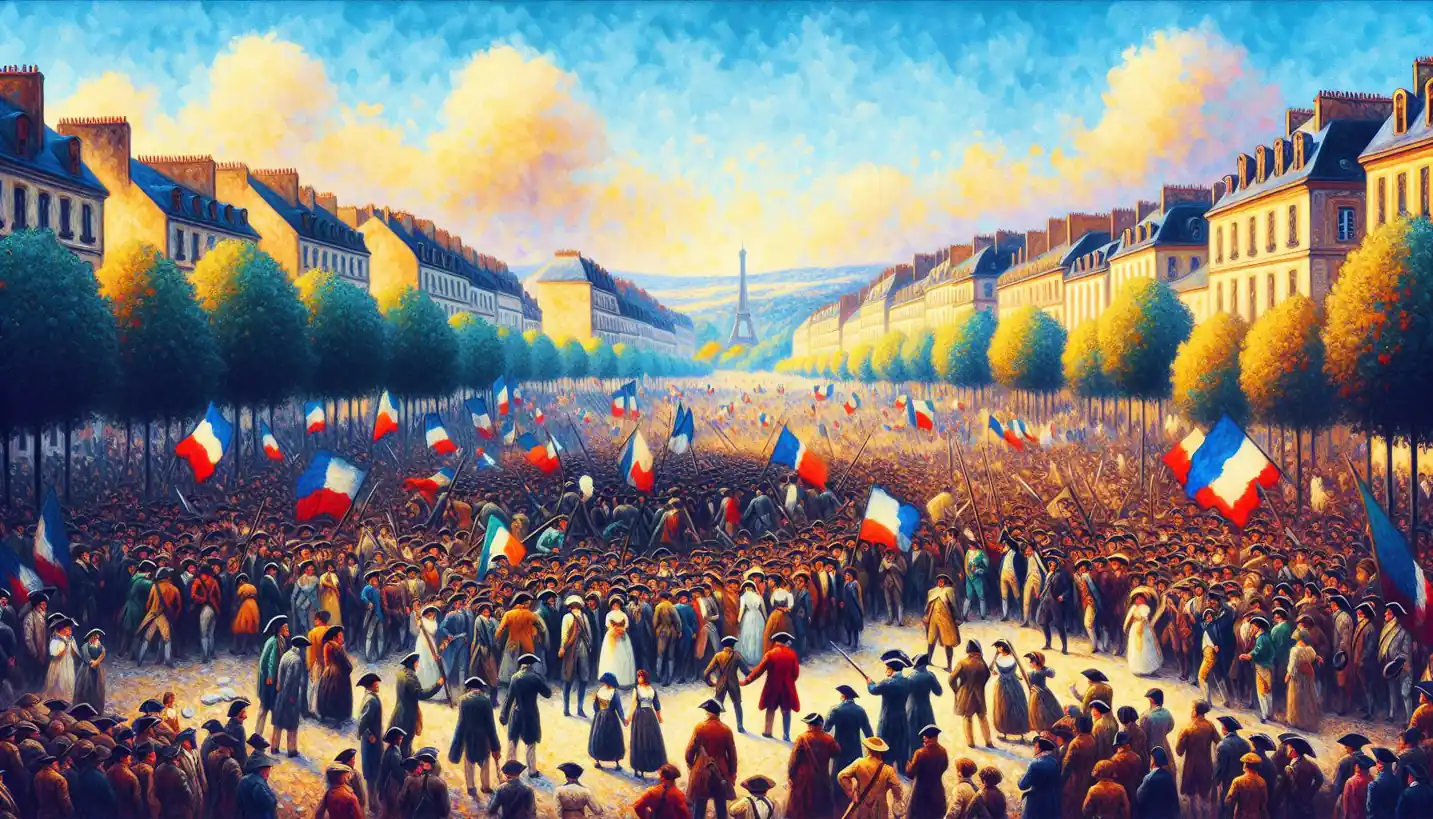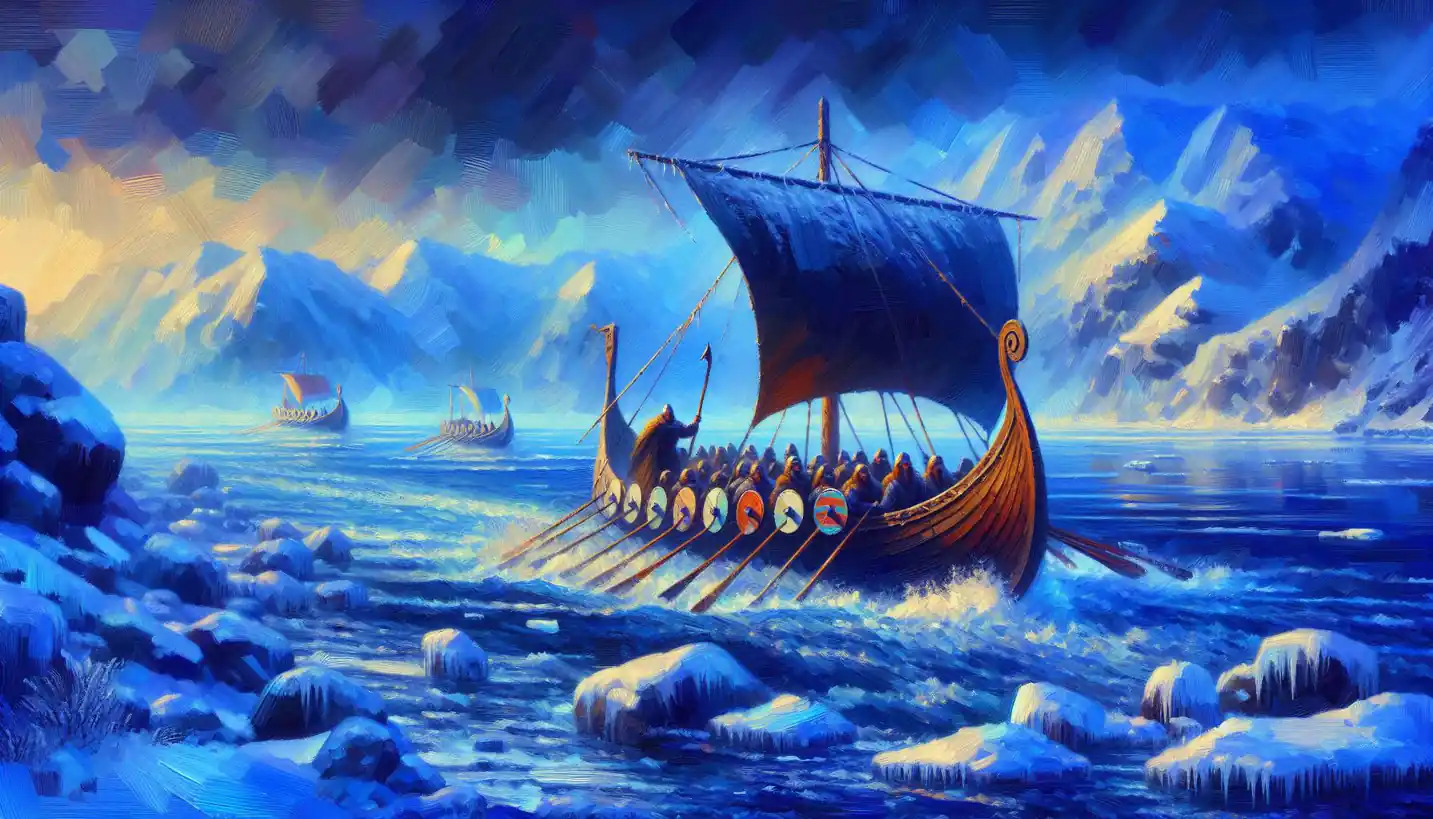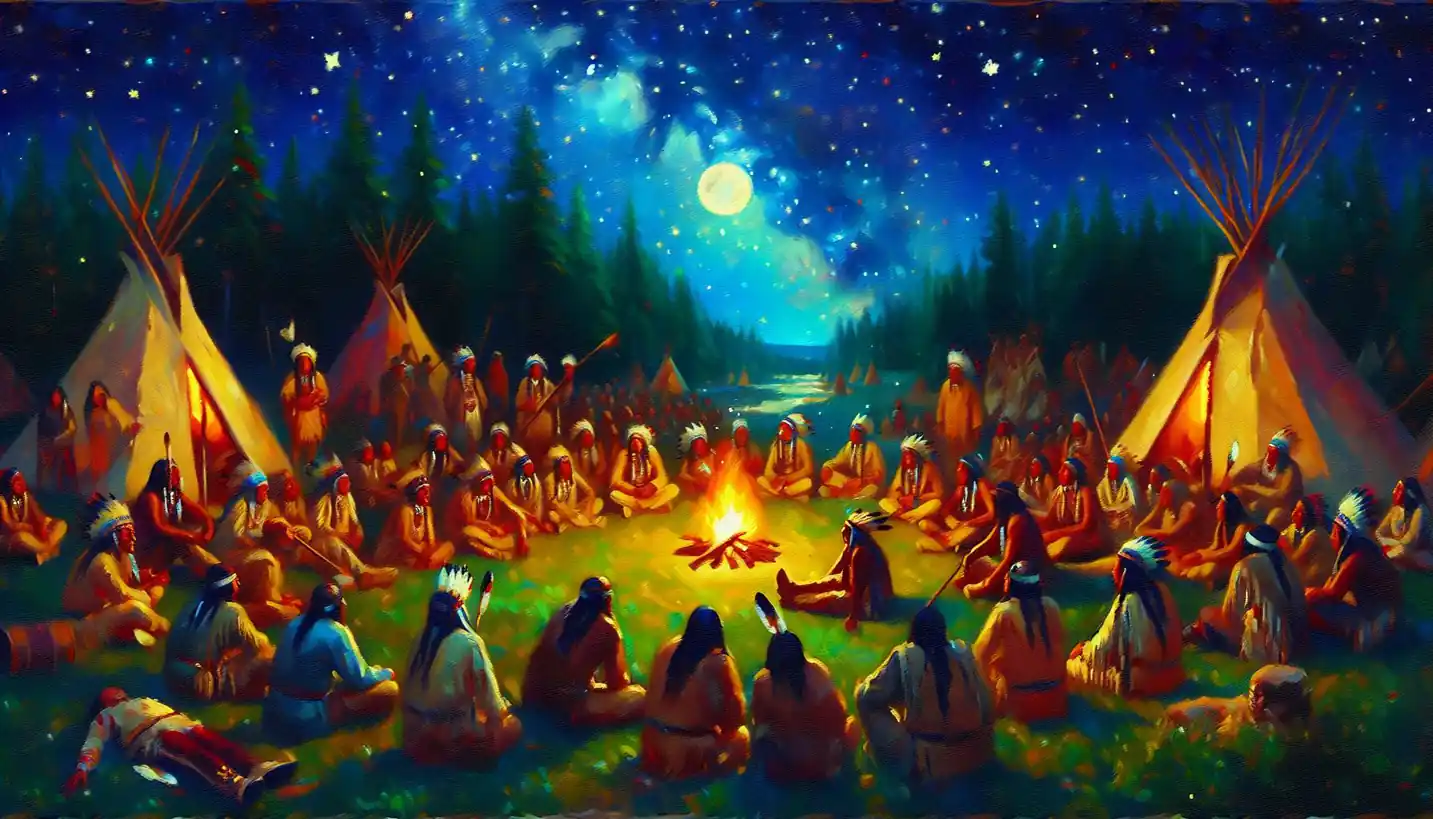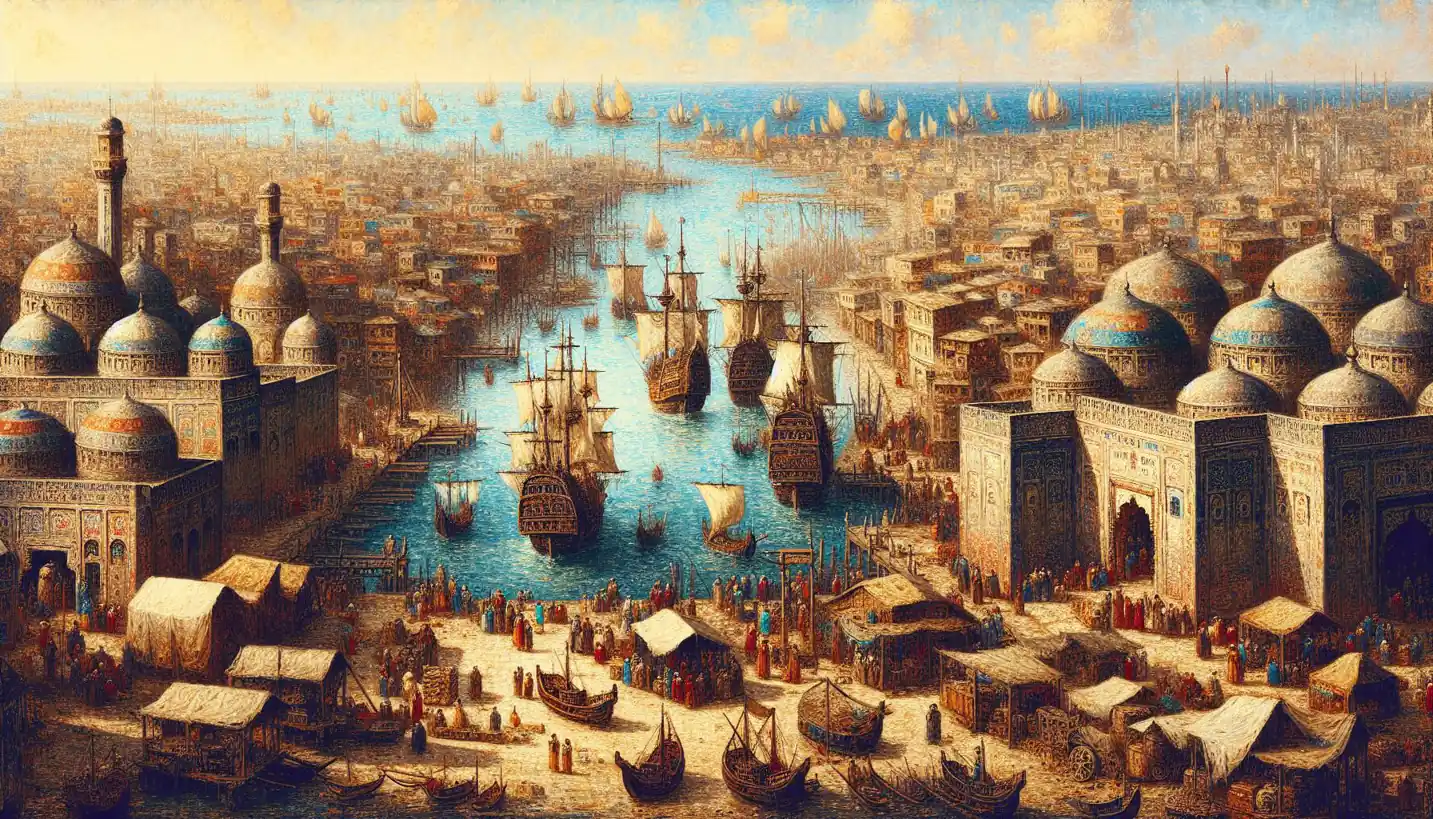· History · 4 min read
Intersectional Feminism: Exploring Layers in Gender History
Intersectional feminism explores the multifaceted layers of gender history, embracing diverse voices. Learn how it enriches the feminist movement and challenges inequality.
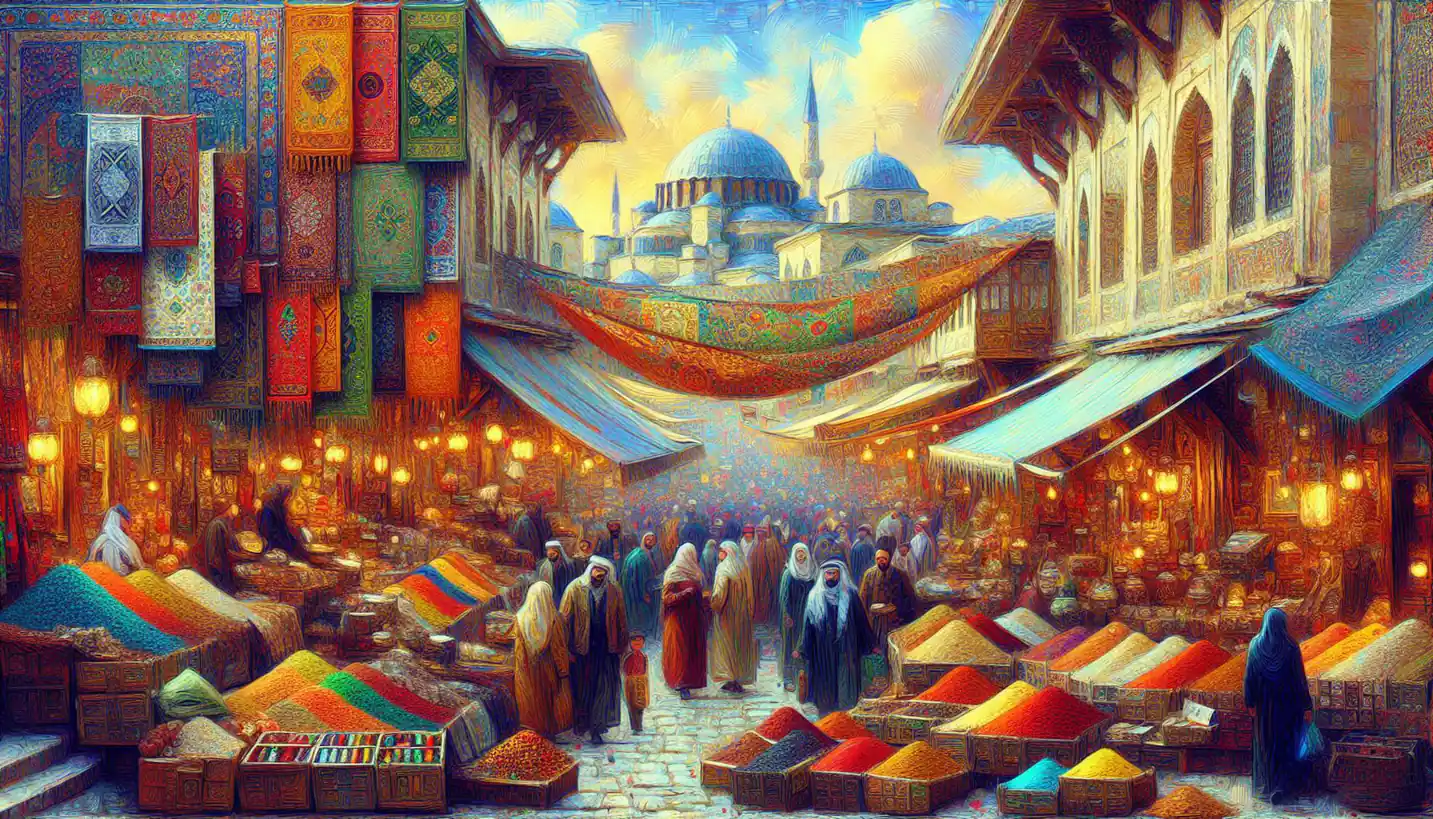
Intersectional feminism, a term that’s been shaping conversations around gender and equality, dives deep into the complexities of identity. But what exactly does it mean, and why is it so vital to understand when looking at gender history?
Intersectionality began its life as a legal term, coined by Kimberlé Crenshaw in 1989. It helps us see how different aspects of a person’s identity—like race, gender, class, and more—combine and create unique experiences of discrimination or privilege. Imagine standing at a busy crossroads. Each road represents a different part of your identity. You’re not just standing at one, you’re at the middle of all of them—this intersection is where your life happens. It’s not just about gender; it’s about how gender intersects with other aspects to shape unique narratives.
The Origins of Intersectional Feminism
Intersectional feminism has roots that stretch far back, even though the term itself is relatively new. Before Crenshaw’s work, different social injustices were often examined in isolation. Movements focused on race or gender, but rarely both. For instance, during the Suffrage Movement in the early 20th century, the focus was largely on white women’s rights. Women of color faced layered struggles that were often overlooked. Intersectionality demands that we consider not only gender but also how other social categories interact with it.
Crenshaw’s work was groundbreaking because it provided a framework to include these layered identities. Her analysis revealed how women of color experienced the legal system in ways fundamentally different from white women or men of color. She highlighted how traditional feminist and anti-racist discourses weren’t enough—they failed to capture the full picture.
Why Intersectionality is Crucial in Gender History
Think of gender history as a tapestry. Every story, every individual, adds a different thread. Intersectionality is the lens that helps us see the depth and texture of this tapestry. It shows us that experiences are not one-dimensional. Women face issues that are not just about gender but also about race, socioeconomic status, ability, and more.
For example, consider the experiences of women who participated in the Civil Rights Movement. Figures like Rosa Parks and Angela Davis were important not just because they were women, but because their gender intersected with their activism in ways that added depth to their contributions. Intersectionality allows historians to explore how different identities impact each other and contribute to social movements and change.
Examples of Intersectional Feminism in Action
To really understand how this concept works, let’s take a look at some modern examples.
In workplaces today, policies are increasingly being designed to acknowledge intersectionality. For instance, employers are crafting diversity and inclusion programs that don’t just look at gender or race separately. They understand that a black woman might face different challenges than a white woman, or a black man. This approach aims to create an equitable environment for everyone.
Moreover, consider the #MeToo movement. Initially, this movement focused heavily on the experiences of white women, particularly those in Hollywood. However, intersectional feminism pushed the conversation to include diverse voices. Tarana Burke, who founded the movement, emphasized its roots in helping marginalized communities and giving a platform to voices that had been ignored.
Challenges and Criticisms
Despite its importance, intersectionality can be a challenging concept to apply. Critics argue that it can be overwhelming, as it requires considering multiple factors at once. There is also the risk of it being oversimplified or misused as a buzzword without genuine commitment to systemic change.
For instance, some organizations may pay lip service to intersectionality but fail to implement policies that truly address the complex needs of their employees or members. Genuine engagement with intersectionality requires looking beyond surface levels and embracing the complicated, nuanced realities of people’s lives.
The Future of Intersectional Feminism
The future promises more layers to uncover. As society evolves, so do the intersections we must consider. New technologies and global connections introduce fresh dimensions, like digital identity, that intersect with traditional categories of identity.
Moreover, consider the environmental movement. Intersectional feminism can guide our understanding of how climate change disproportionately affects women, especially those in marginalized communities. This kind of analysis is crucial for creating solutions that are effective for everyone.
Conclusion
Intersectional feminism isn’t just an academic concept—it’s a tool for understanding the world in all its complexity. It challenges us to look at history differently, acknowledging the full range of human experiences. By examining how different identities intersect, we gain insights that can lead to more inclusive and effective social policies.
So as we continue to write gender history, intersectionality will remain a critical perspective. It invites us to ask questions: Whose voices are we hearing, and whose are missing? How can we ensure that no one stands alone at the crossroads? These questions, sparked by intersectional feminism, drive the push for equity and understanding in a world that’s wonderfully diverse.
